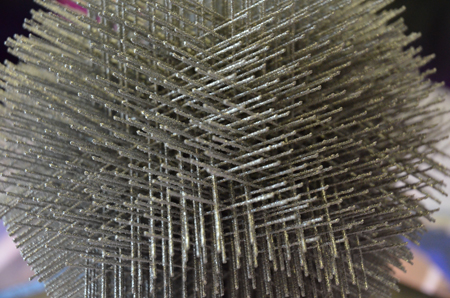
The possibilities of streamlining and integrating functions with no assembly required as well as the resource-efficient use of raw material (no losses) made possible by additive manufacturing are key advantages that help to reduce the Buy-to-Fly ratio in Aeronautics and to increase competitiveness in several other sectors. Finally, this technique is suited to on-demand part manufacturing, which might prove extremely useful, notably in the medical sector, to manufacture tailor-made prostheses for example.
SUMMARY
- Architectured materials: paving the way for eco-design?
- Grenoble INP, recognised expertise in materials
- Enhanced environmentally-friendly processes
- Tomography: a journey to the heart of the matter
- Additive manufacturing revolutionises materials
- Bio-sourced materials are the way to the future
- The EcoMarch project
- From laboratories to start-ups
Grenoble IN'Press
Contact
- Vice-présidente Recherche et du Conseil Scientifique
Lorena Anghel - Vice-présidente Innovation et Relations entreprises
Gaëlle Calvary - Directeur de la DRIVE
Cédric Di Tofano Orlando
Tél. 04 76 57 43 16 - Annuaire





